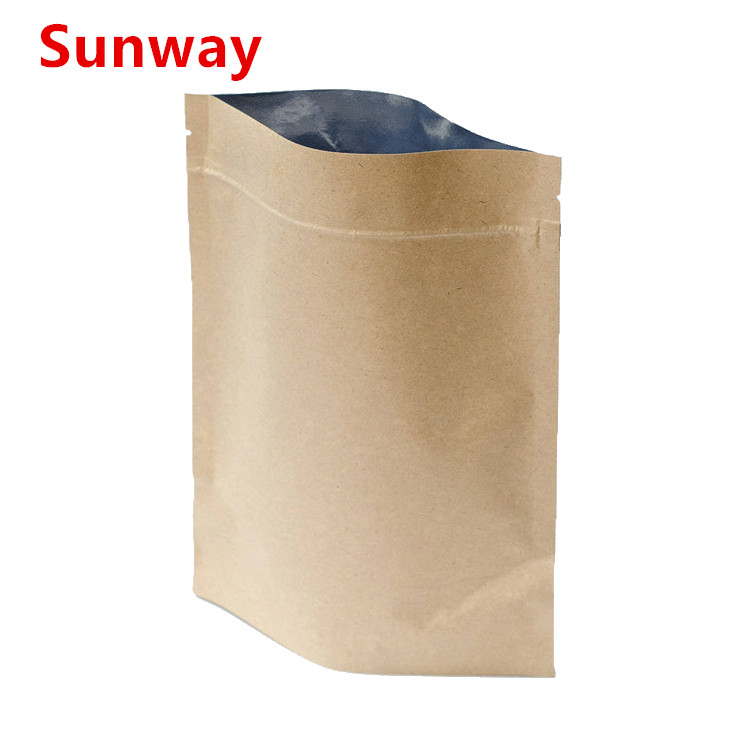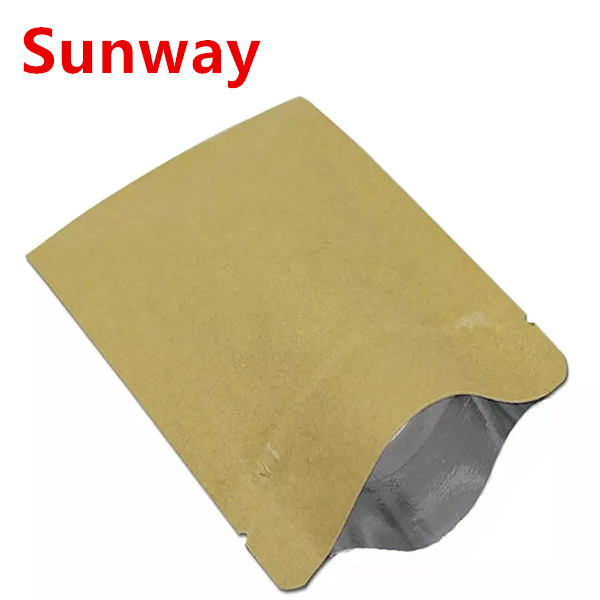1 Adhesive Configuration and Coating 1.1 Blending:
The quality of the glue directly affects the glueability of the glued joints, and the weight of each component must be accurately weighed (the error does not exceed 2-5%). The amount of adhesive preparation should be determined according to the amount of coating and used up within the active period. During the preparation process, special personnel should be responsible for the detailed batch number, weight, glue temperature, and other various process parameter records. Must be evenly stirred.
1.2 Coating process 1.2A Pre-coating process: Dilution can reduce the viscosity of the adhesive and improve the coating property of the glue, but it prolongs the bonding cycle, prolongs the curing time, and even leads to inconvenience in curing and affects the quality of the bonding; filler filling can be used. Improve glue viscosity and bonding strength; if the preparation temperature decreases, you can use water bath heating or baking and preheating methods, so that uniform mixing, can reduce the viscosity of the glue liquid.
1.2B coating method:
a brushing method: The use of a general brush on the glued surface, the disadvantage is that it is difficult to control the thickness of the adhesive layer and uneven coating.
b knife scraping method: the glue is poured on the adhesive surface, with a flat blade or glass rod glue, glue layer thickness is controlled by experience. The coating quality is not stable enough, and it can only be applied on the plane adhesive surface.
C roller coating method: the use of rubber roller to glue the joint evenly coated with glue method, adjust the gap or pressure roller can control the thickness of the glue layer, the more smooth roller, glue layer more uniform and thinner.
D Spray method (electrostatic spray method): In a high-voltage electrostatic field, make the charged glue liquid fall from the discharge edge of the spray gun on the glue surface. The viscosity of the glue is controlled at 15-40S; the glue is dielectric, and the volume resistance is 106-107Ω.cm; this method can ensure that the thickness of the glue layer is the same and the loss of glue is small.
E Melting method: Heat the hot melt adhesive for brushing.
2 Adhesive curing process 2.1 Curing method The adhesive is cured by physical methods such as solvent evaporation, emulsion condensation and melt cooling with chemical methods.
(1) Hot melt adhesive: The polymer melt solidifies by cooling after it wets the adhered surface.
(2) Solution Adhesive: With the volatilization of the solvent, the concentration of the solution increases, and it gradually reaches a certain level of strength.
(3) Emulsion glue: As the water in the emulsion gradually penetrates into the porous adherend and evaporates, the emulsion concentration continuously increases, and finally the polymer colloidal particles are agglomerated due to the effect of the surface tension. When the ambient temperature is high, the emulsion agglomerates into a continuous film, and when the ambient temperature is low and the minimum film forming temperature (MFT), a white discontinuous film is formed. Emulsion adhesives are mainly copolymers of polyvinyl acetate and its copolymers and acrylates.
(4) Thermosetting Adhesives Polyfunctional monomers or prepolymers of thermosetting resins are subjected to a polymerization reaction. As the molecular weight increases, molecular chains are changed and crosslinked to form insoluble or infusible gelation or basic curing. It is not equivalent to prolonging the curing time and increasing the curing temperature in a certain range, and it is difficult to compensate for the prolonged time by lowering the curing temperature. Because of the need for a certain chemical interaction between the adhesive and the surface of the adherend, this is where a sufficiently high temperature is required to perform it.
2.2 curing pressure:
Advantageous to the full penetration of the adhesive to the surface; Help eliminate the low molecular volatiles produced by the curing reaction of the adhesive; Contribute to the discharge of volatile solvents in the adhesive layer; Help to control the thickness of the adhesive layer; The adjustment of the curing pressure controls the thickness of the adhesive layer.
Place it for a period of time after gluing. This is called pre-curing. After the viscosity of the glue is increased, pressure is applied to ensure the uniformity of the thickness of the glue layer.
2.3 Curing temperature The curing temperature is too low, the cross-linking density of the adhesive layer is too low, and the curing reaction is not complete;
Curing temperature is too high, it can easily cause the loss of glue or make the adhesive layer embrittlement, resulting in decreased bonding strength. Heating is beneficial to the diffusion of molecules between the adhesive and the adhesive, which can help to form a chemical bond.
(1) Oven direct heating method: Use a blower device to make it uniform heat transfer.
(2) External heating method: The heat is quickly transmitted to the inside of the adhesive layer, greatly reducing the curing time. Sonic heating method: For viscoelastic adhesives, solvent-free glue heat curing, not suitable for thermosetting rigid adhesive.
Kraft paper aluminum foil bags are made of aluminum and other high barrier materials through dry composite. Due to its light weight, luster, strong reverse ability, good barrier, impervious to air and water, strong adaptability to temperature, stable shape at high or low temperature, strong shading and good moisture-proof, the composite aluminum foil bag is used in food packaging. It is generally used for packaging meat products, dried fish, aquatic products, cured meat products, cured meat products, roast duck, roast pig, quick-frozen food, ham, cured meat products, sausage, cooked meat products, pickles, bean paste, seasoning, etc.


Kraft Paper Aluminum Foil Bag,Aluminum Foil Stand Up Pouch,Aluminum Foil Packaging Bags,Ziplock Aluminium Foil Kraft Paper Bag
Dongguan Sunway Packaging Material Co., Ltd , http://www.sunwaypackaging.com